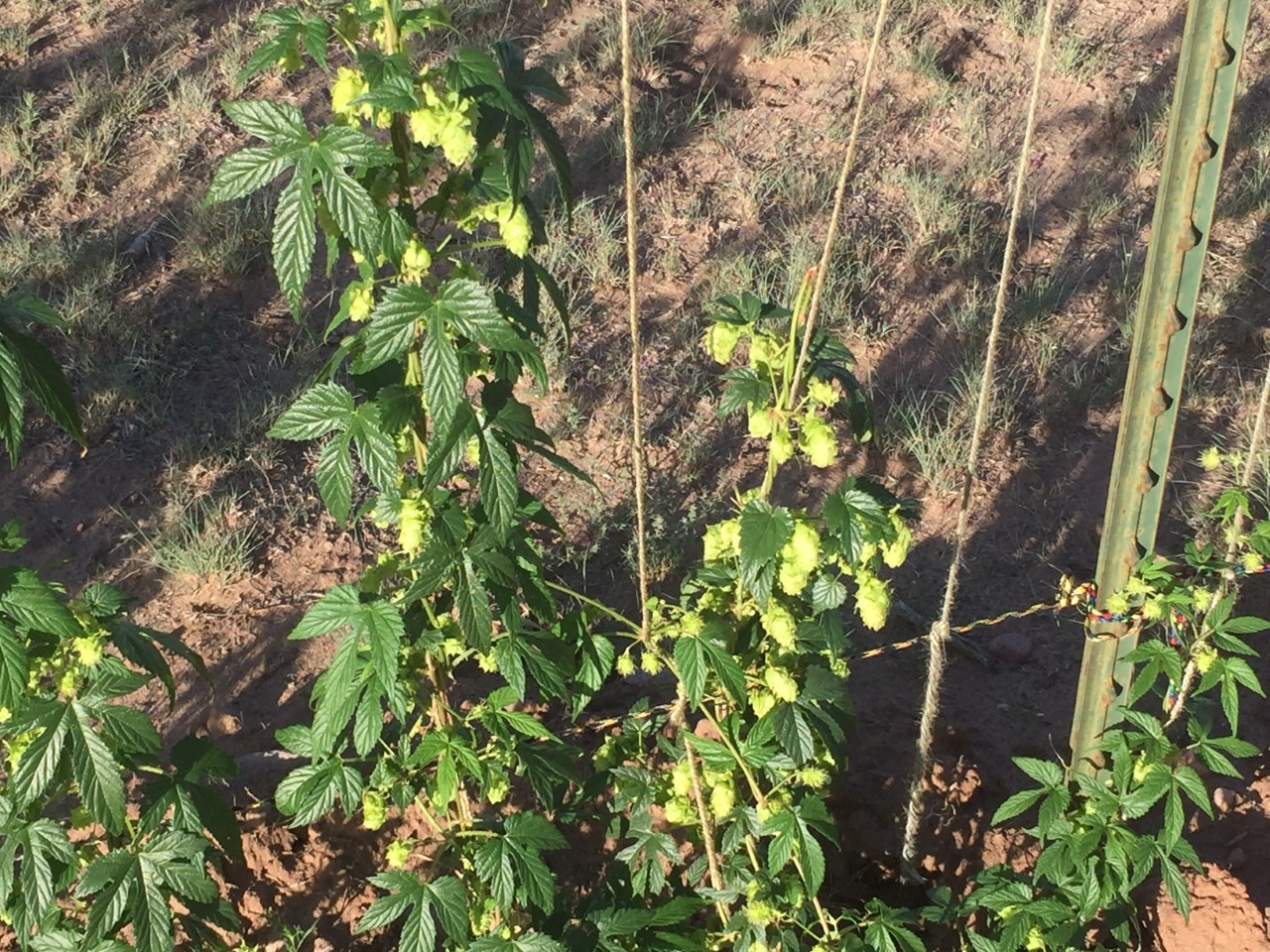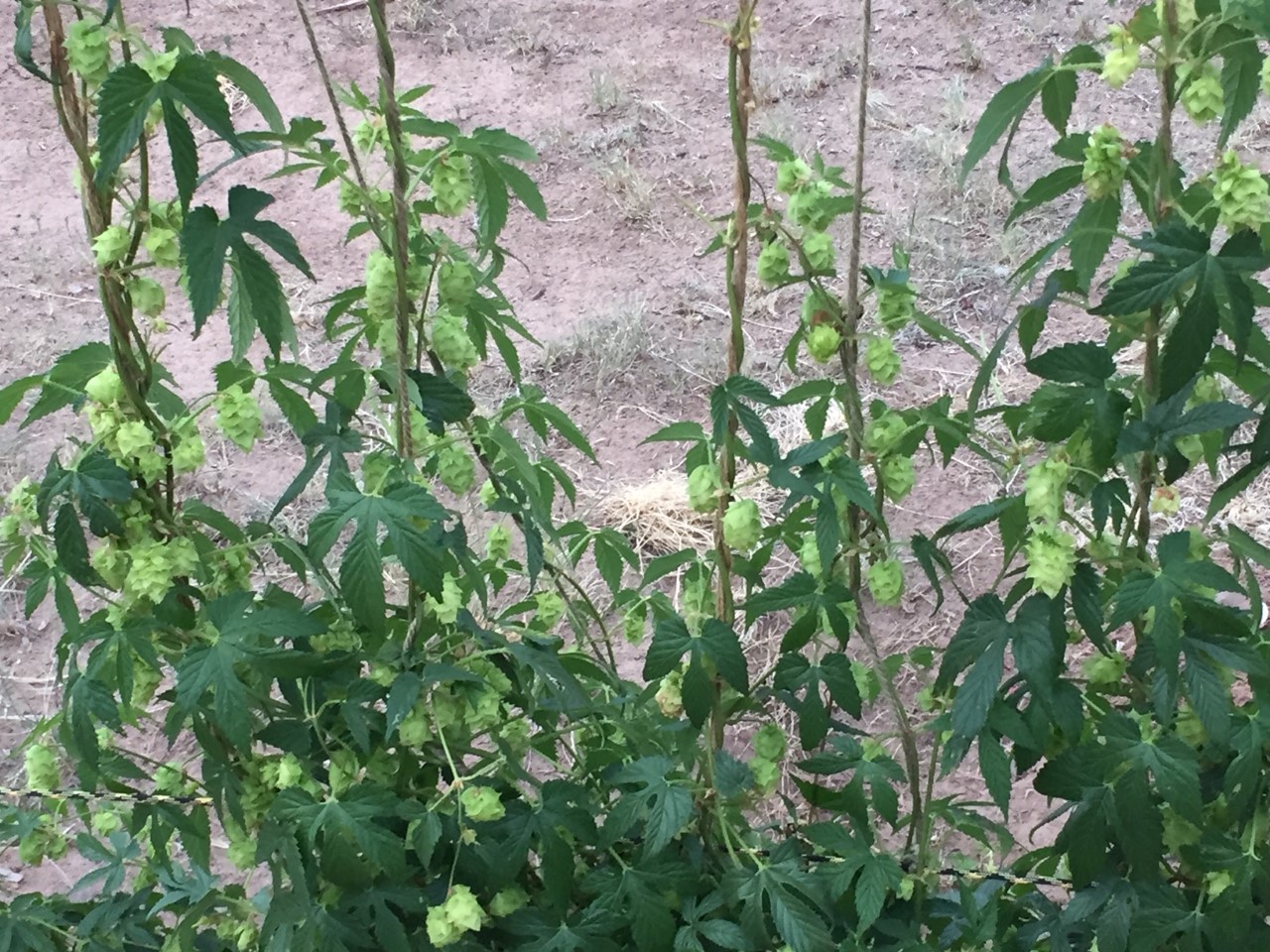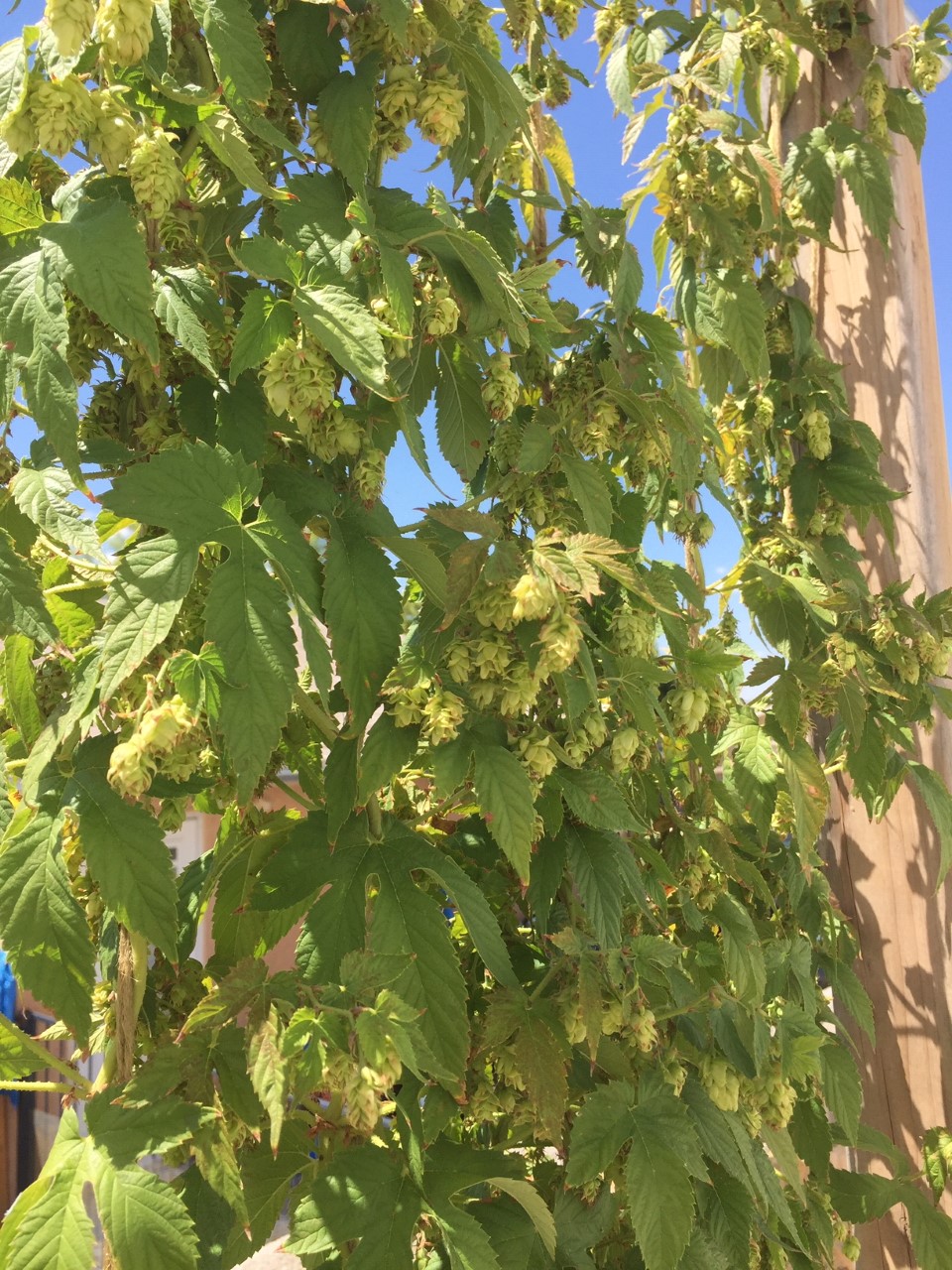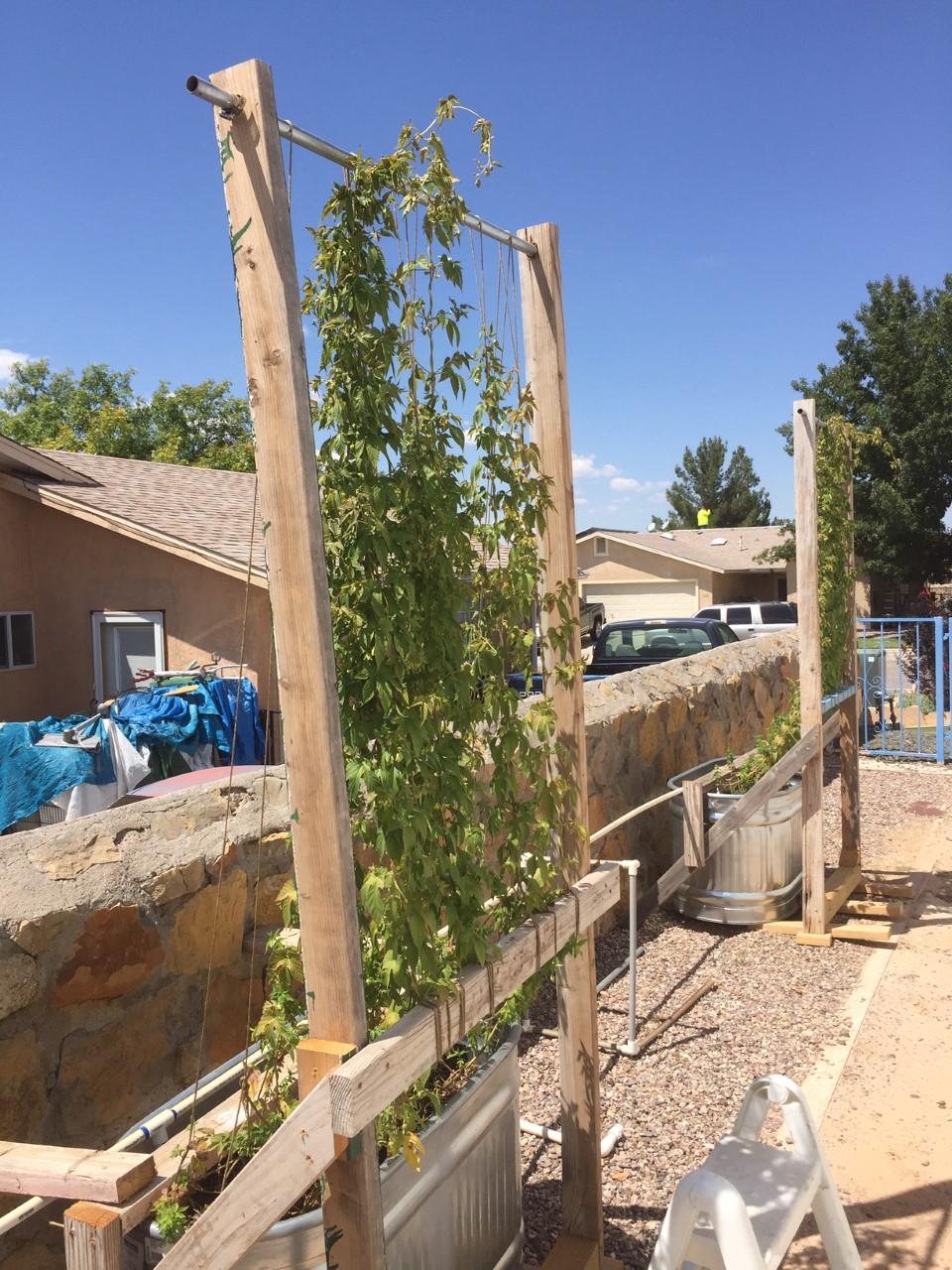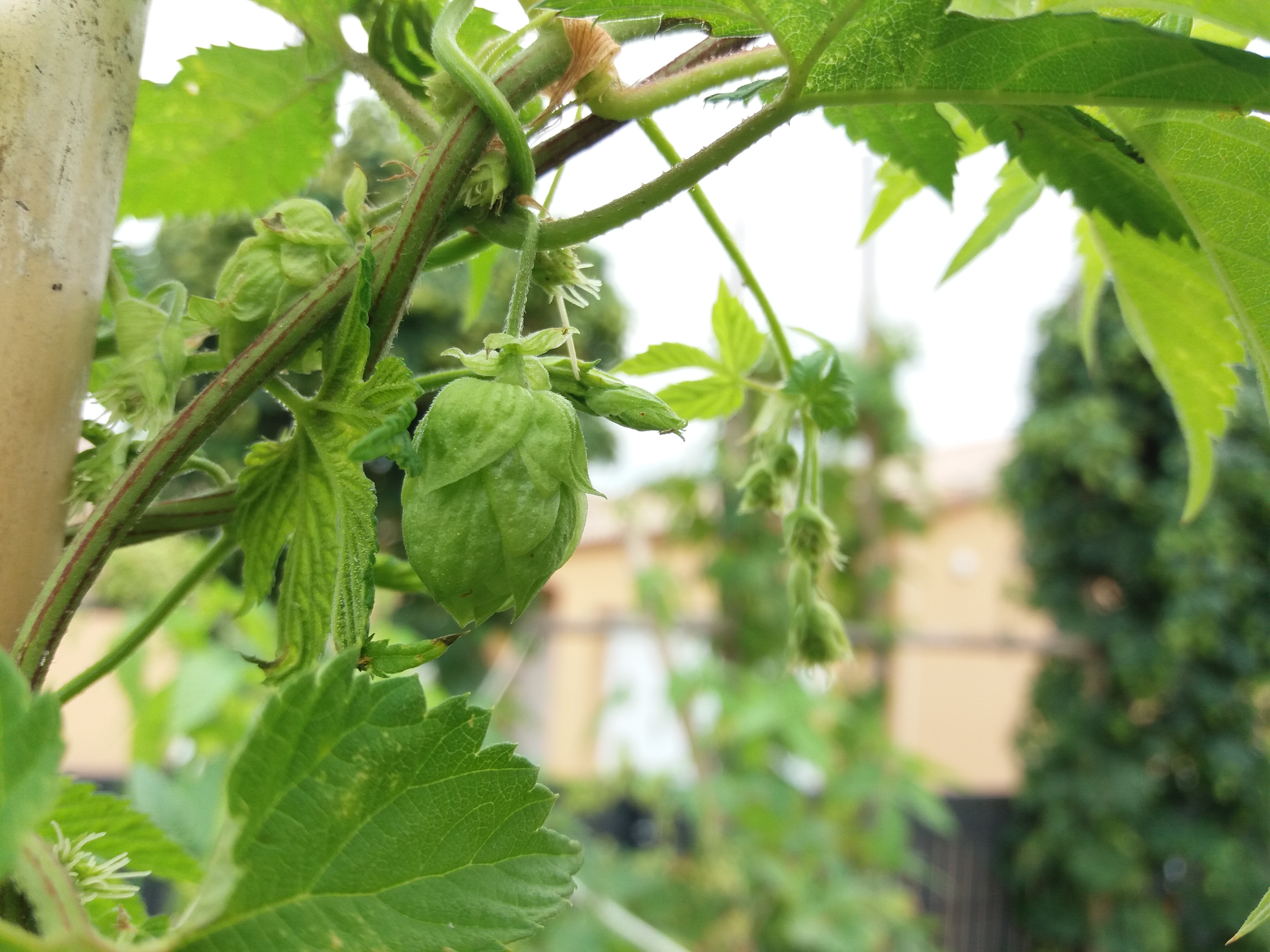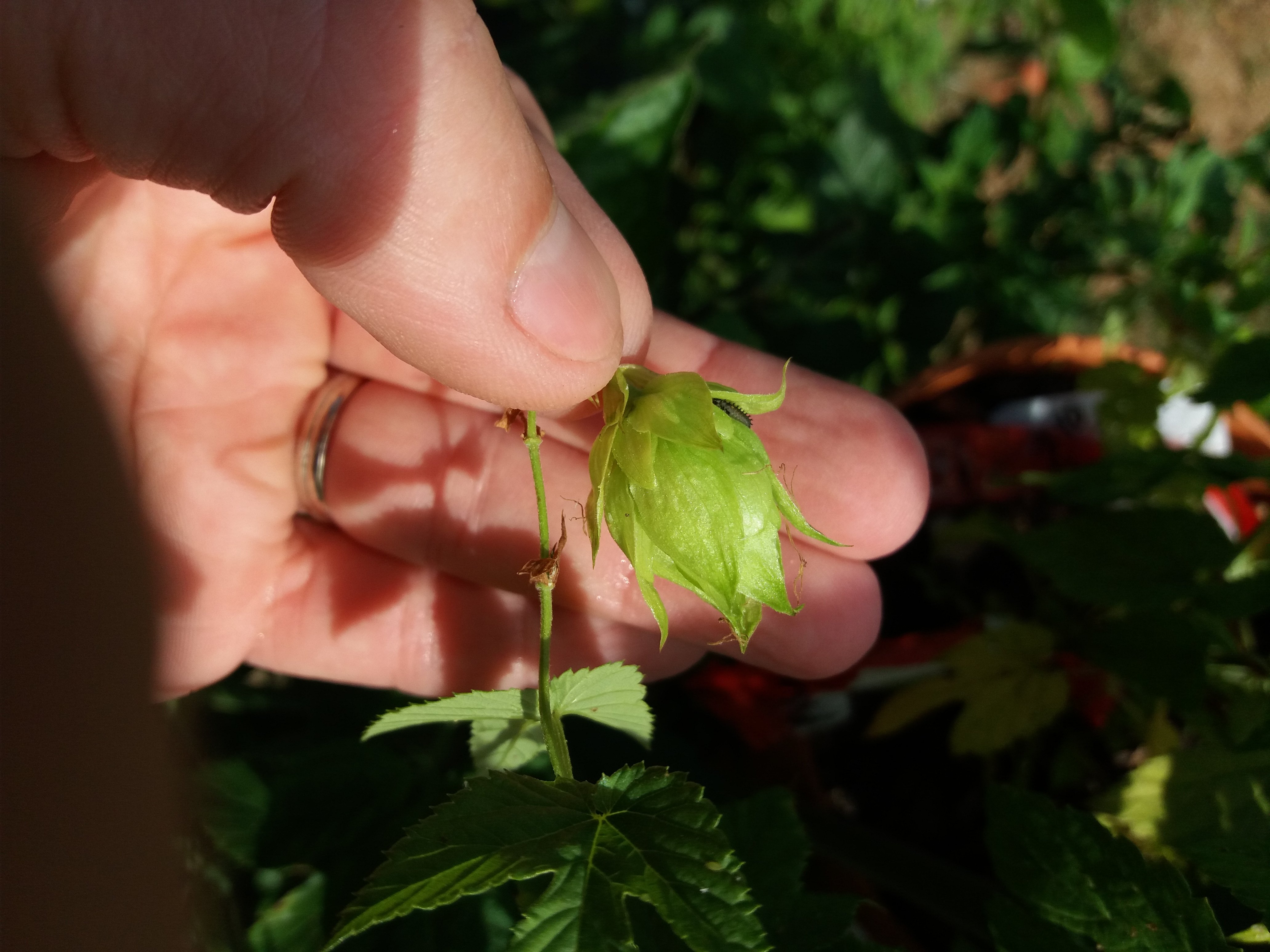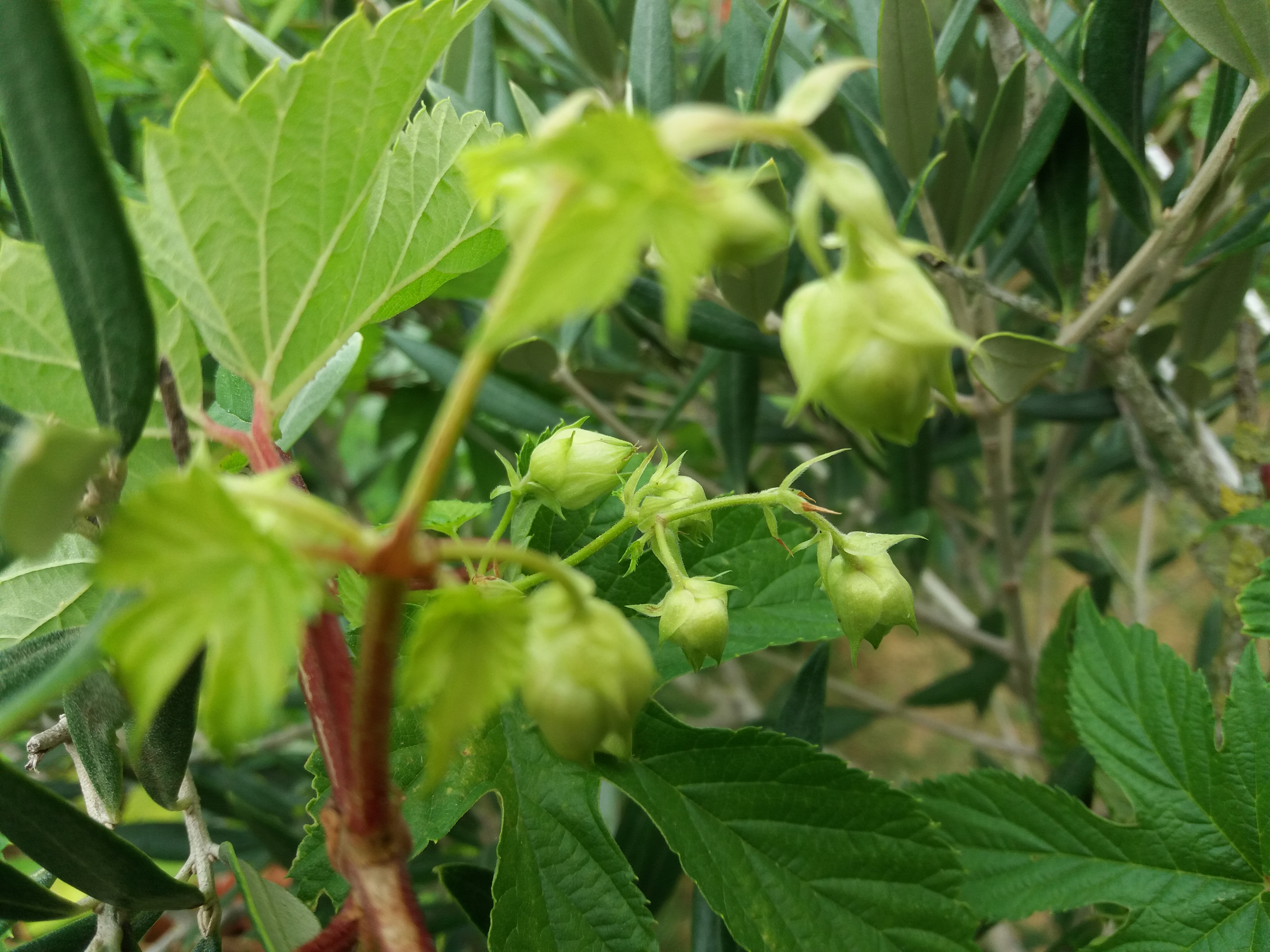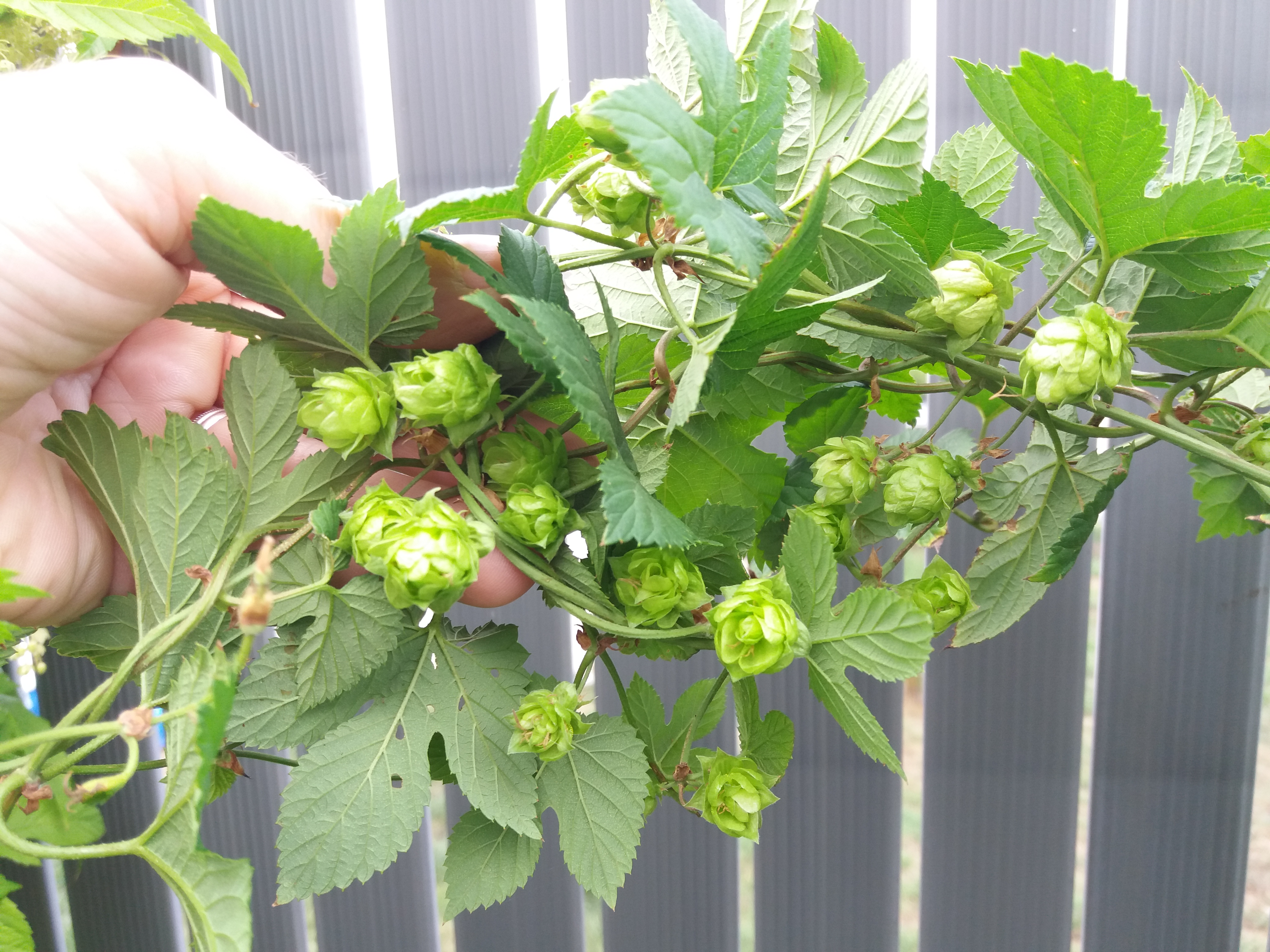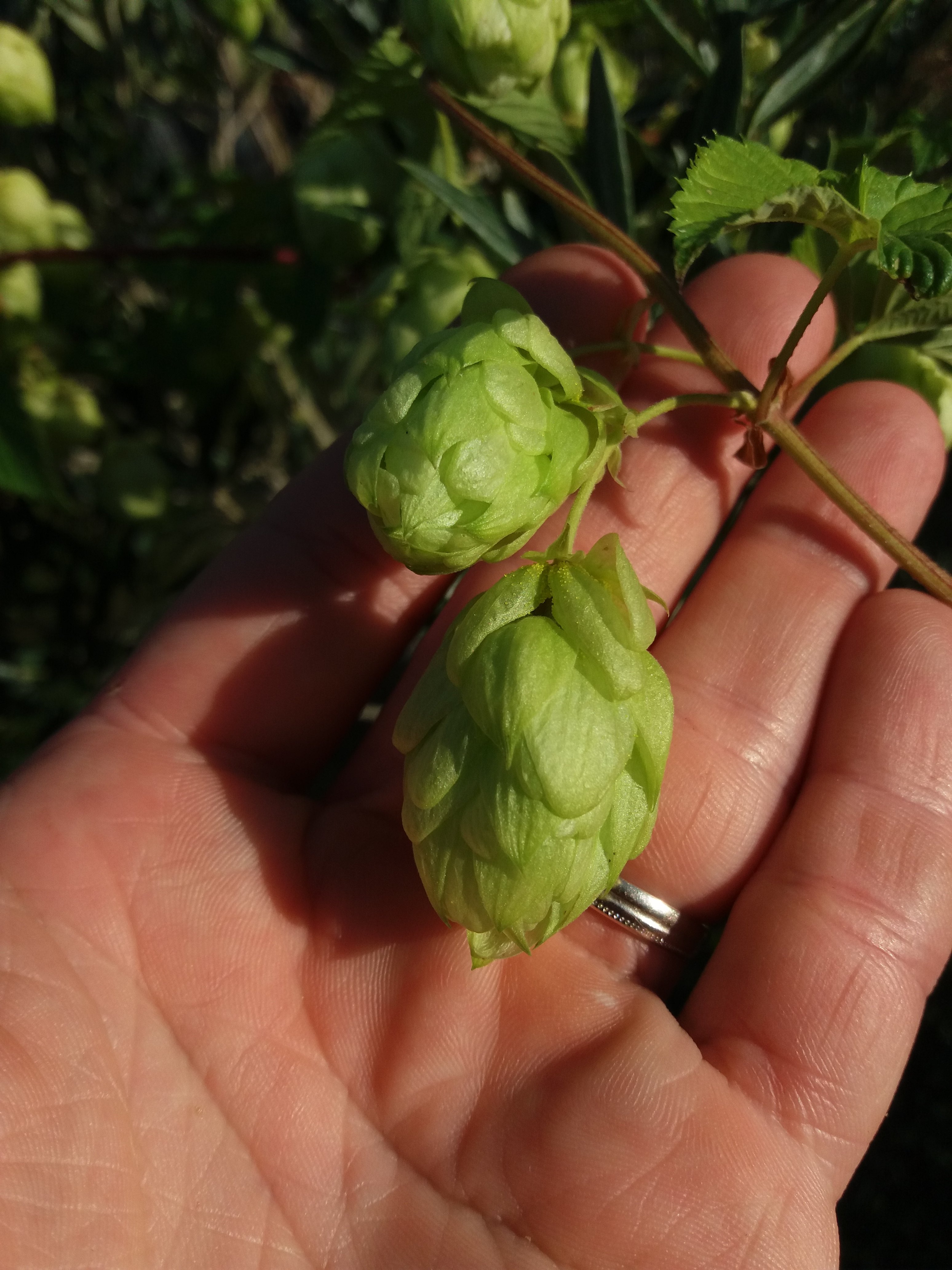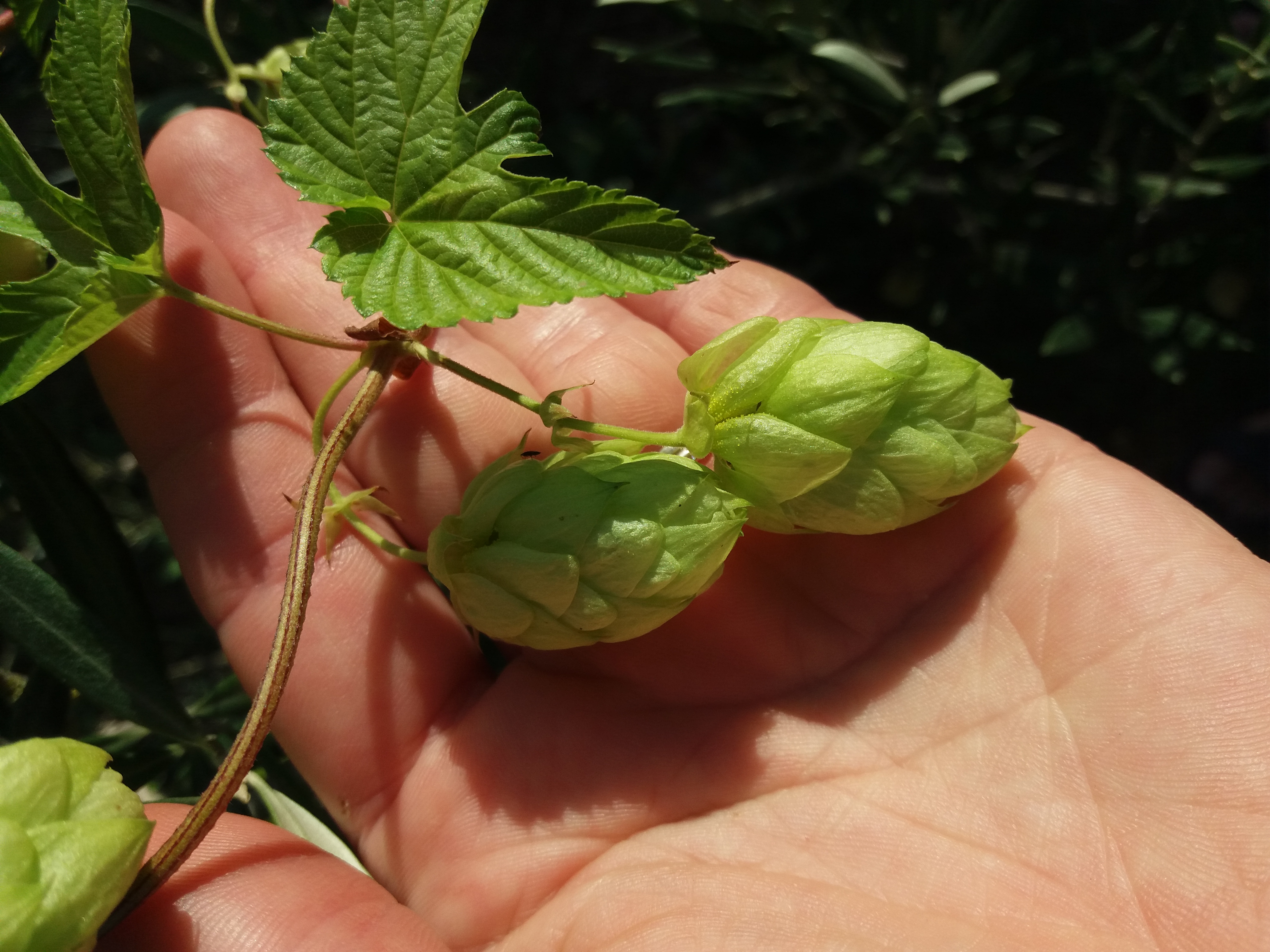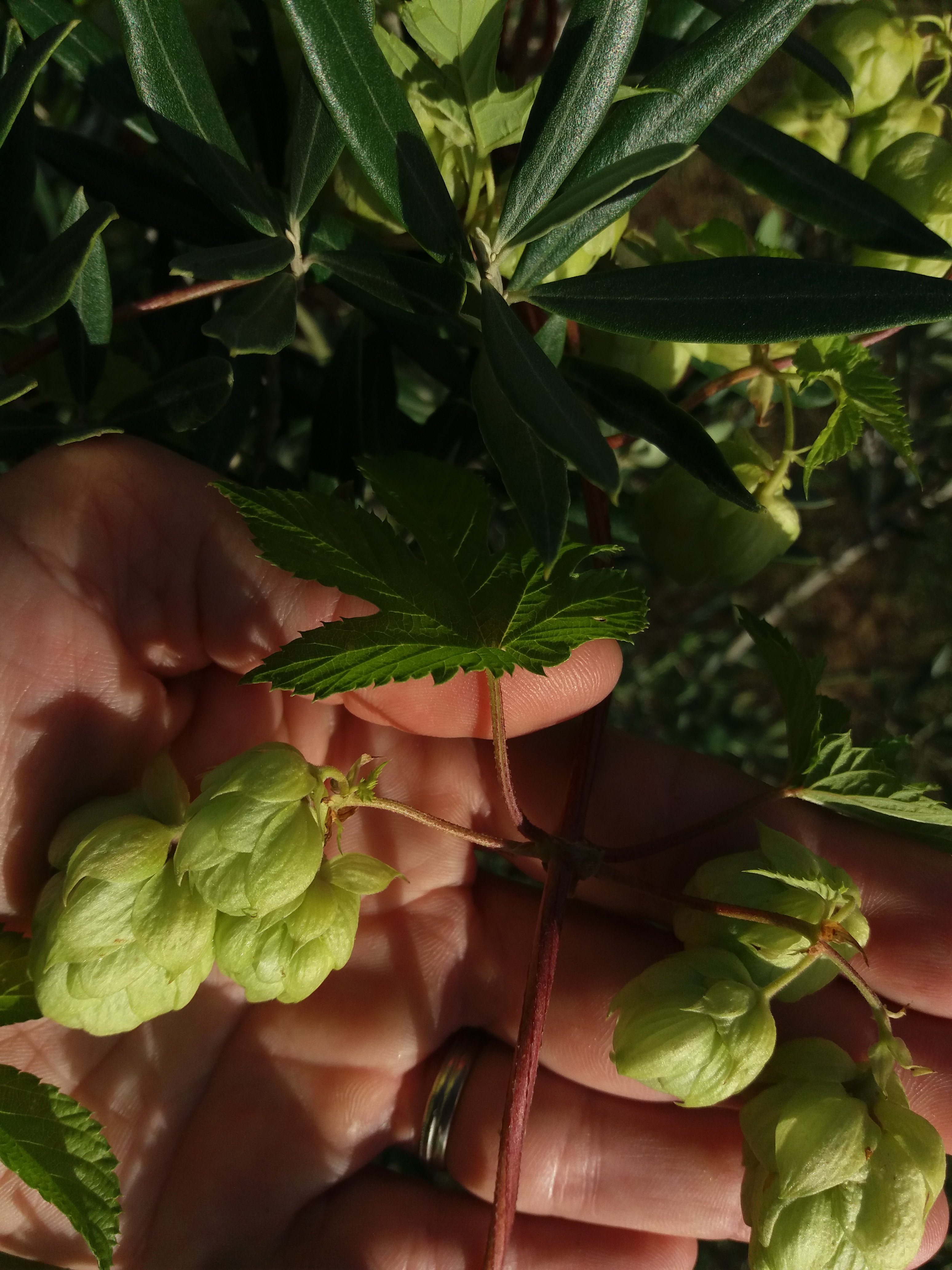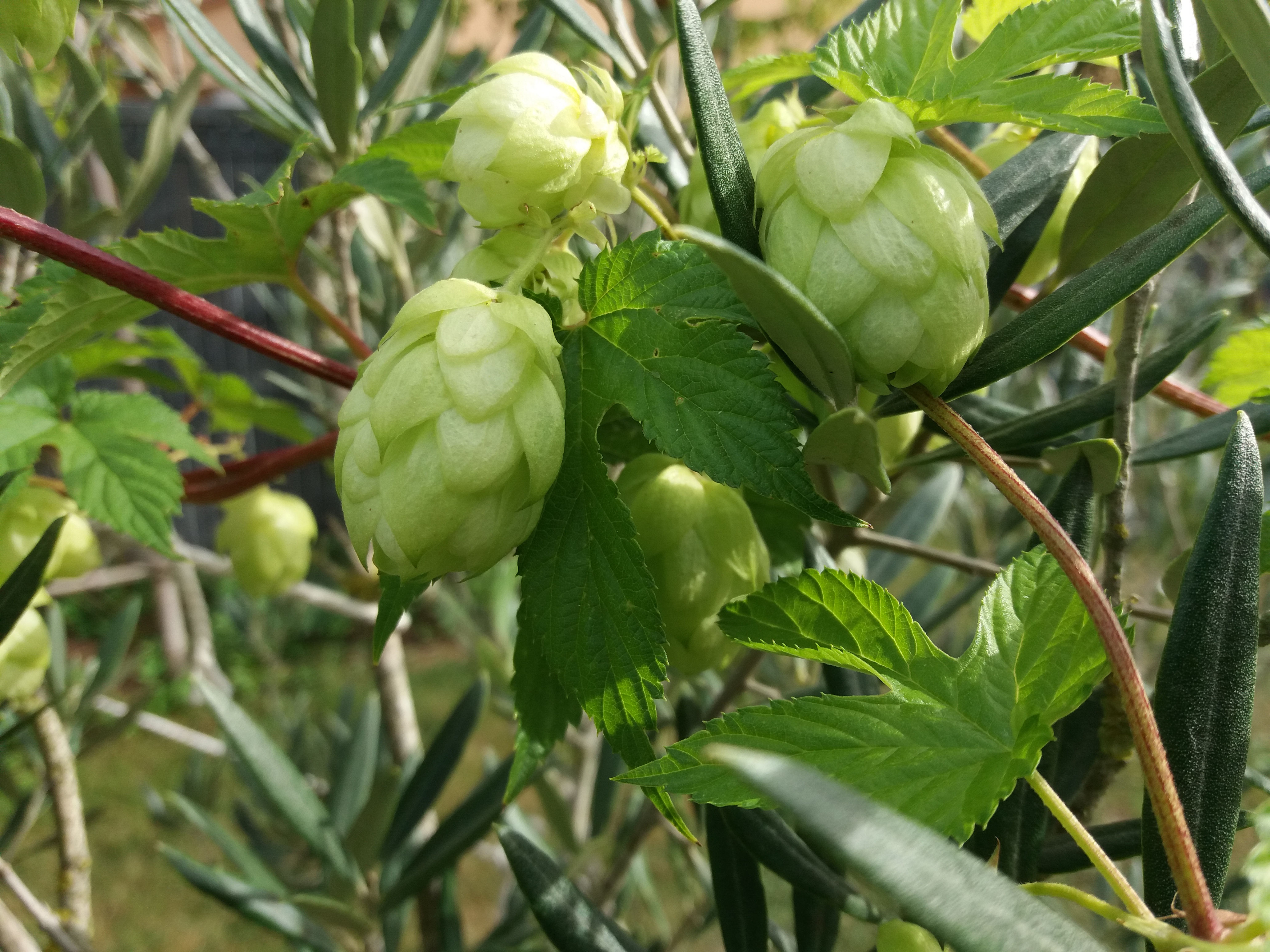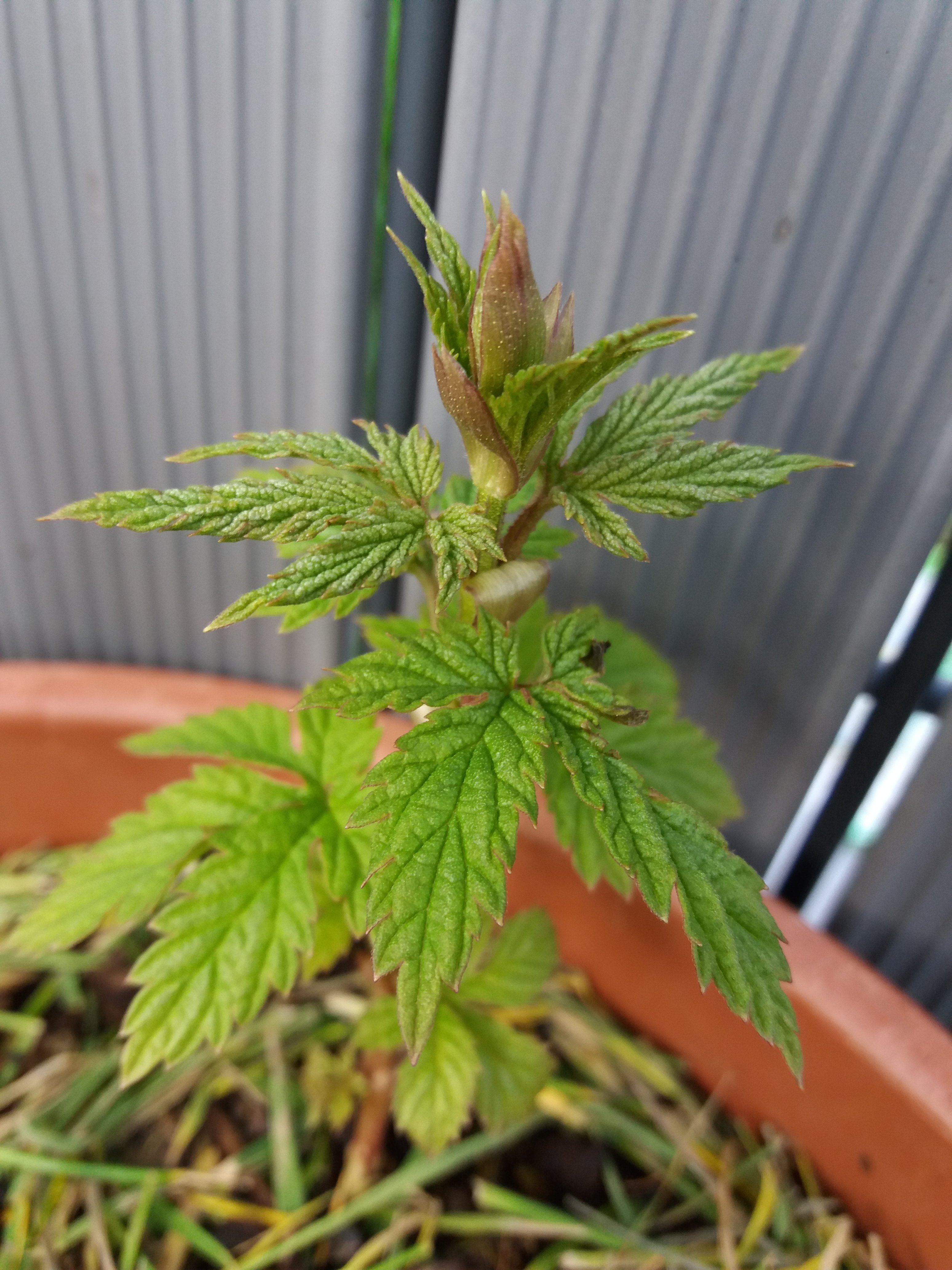salut à tous
Hi all
some of them know or follow my little adventures in crossing and selection of hops since 2018.
well know that my "efforts" have paid, I have a female seedling (germination in March) that gives me cones (fifty).
the aromas have evolved, from citrus with floral notes and green tea, it ended up stabilizing in something tropical enough intense and sweet, with a very earthy olfactory return.
I did not do that, I just knew where to look for genetics and take care of the seeds and their growth.
the mother is the Amalia variety, a cultivar selected from wild New Mexico plants Todd Bates (subspecies "humulus lupulus var neomexicanus") and unknown father.
I did not expect to get a potential new variety from my first year of testing.
assessment: either I am very lucky, the subspecies neomexicanus is really an unavoidable and obvious asset of the selection work.
thank you Apimyces for sending.
"salut à tous
certains de vous savent ou suivent mes petites aventures dans le croisement et la sélection du houblon depuis 2018.
eh bien sachez que mes "efforts" ont payés, j'ai un semis femelle(germé en mars) qui me donne des cônes (une cinquantaine).
les arômes ont évolués, d'agrumes avec des notes florales et thé vert, ça à fini par se stabiliser en quelque chose de tropical assez intense et sucré, avec un retour olfactif très terreux.
ce croisement ce n'est pas moi qui l'ai fait, j'ai juste su où chercher la génétique et prendre soin des semences et de leur croissance.
la mère est la variété Amalia, un cultivars sélectionné parmi des plants sauvages du Nouveau-Mexique (sous-espèce "humulus lupulus var. neomexicanus") et père inconnu.
je ne pensais pas obtenir une potentielle nouvelle variété des ma première année de test.
bilan : soit j'ai beaucoup de chance, soit la sous-espèce neomexicanus est réellement un atout incontournable et évident du travail de sélection."


